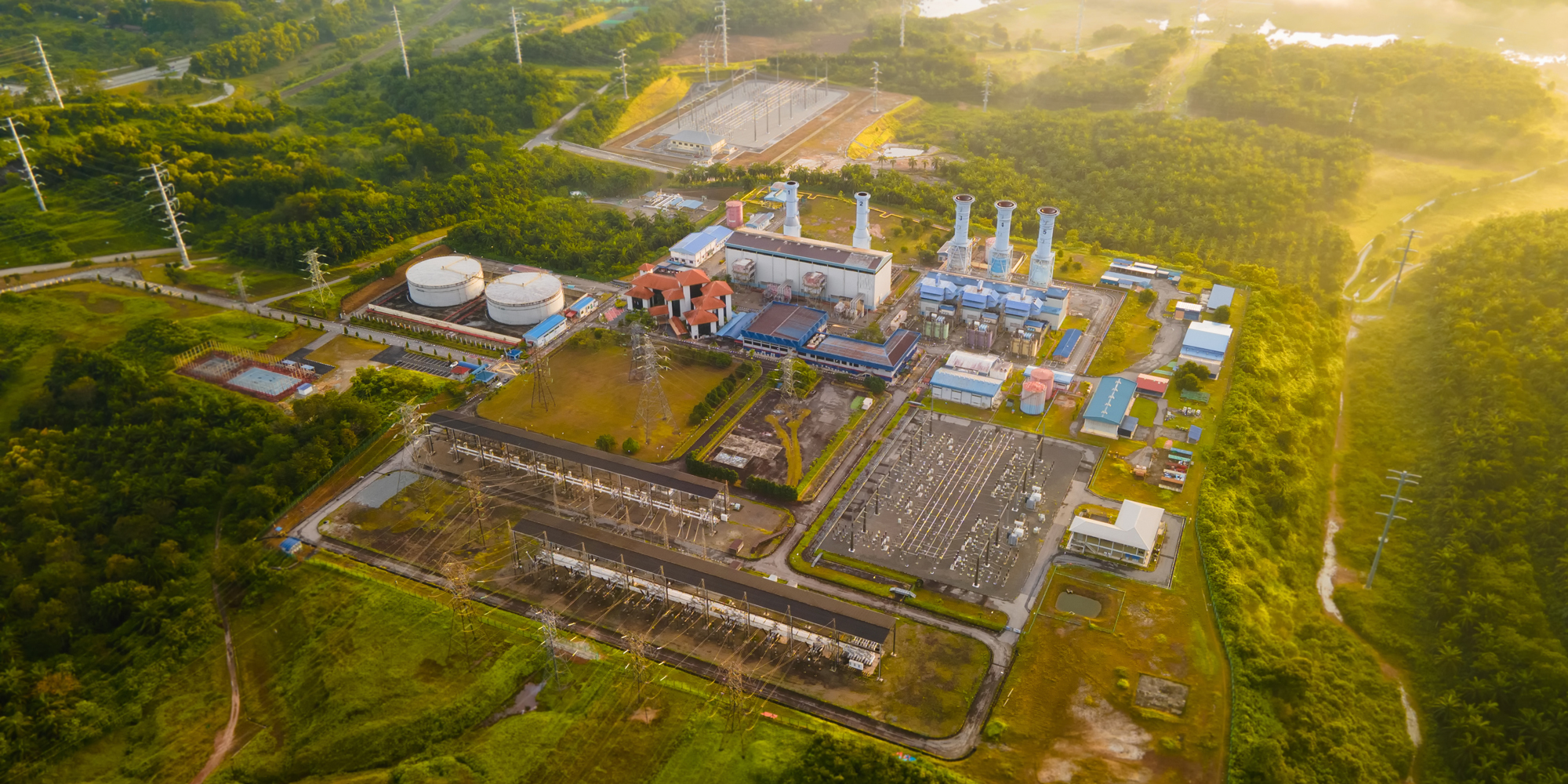InEight Schedule Project Management Software
Quick question: how many phases are there in a project? Theory states five: concept, planning, execution, performance monitoring and closeout. In reality though, most projects consider just two: planning and execution. People theorize a lot about the value of ‘lessons learned’ and ‘archiving’ during closeout but the truth is, this rarely gets done on real projects. I think the reason for it is, that to date, there has been little benefit associated with re-using lessons-learned and historical as-built performance and worse, capturing this in a meaningful way is really hard. Therefore, closeout has largely been seen as a ‘check the box’ type exercise if it’s even done at all.
That then poses a bit of a problem when it comes to re-cycling through the ‘concept’ and ‘planning’ phases on new projects as we tend to then start from scratch each and every time. How often do you waste valuable time searching for and then trying to understand the context of a previously project?
For those who believe projects are so unique that we can’t really benefit from lessons learned or historical productivity rates from prior projects, I would challenge that while scope is very often unique, the ‘how do we build something’ or the ‘work’ or ‘rate of work’ is highly repetitive across projects. It’s about time we did a better job of re-using our past project experiences to help forecast future projects.
Knowledge-Driven Planning
Many organizations are undergoing a ‘digital transformation.’ Rethinking the way expertise and competencies could be captured and reused for the betterment of the organization and the projects they take on. The organizations that will come out ahead will find a pragmatic approach to applying new technologies in support of their digital initiatives.
We have been developing an AI Planning Assistant and home/repository for project knowledge. That is, a tool that assists in the development of project schedules and cost estimates. At a high level, the tool makes informed suggestions to the planner as to what the durations, costs and sequence of work should be based on the context of what you are building. Tell the tool you are building a commercial office building and it will come back with the scope, timelines, activities and costs typically associated with building such a project. This all sounds like magic right? Well, not quite – it’s actually just very clever computing using a machine learning AI technique. It gets it’s ‘knowledge’ by understanding what happened in the past on previous projects.
Types of Project Knowledge
Today, the tool stores multiple sources of project information in a knowledge library. It uses these multiple sources to then make informed suggestions. When researching a topic, you may obtain books from the local library or read published articles from the internet. The more sources you interrogate, the higher the chance your research is going to be sound. The same is true when it comes to interrogating the knowledge library. Sources of stored knowledge include:
- Historical as-built CPM schedules – very powerful for helping with the development of high level (level 1-3) timelines as well as templating and subnetting detailed schedules
- Project Cost estimates – typically deliverable and quantity-based
- Project risk registers – useful for tracking common project bottlenecks and problem areas
- Productivity rate tables – ideal for building up detailed plans based on quantities, rates and crew sizes.
Today, more and more organizations are turning to the tool to help them build better project schedules that are highly realistic and achievable with a lower degree of risk than they would have otherwise carried using a traditional CPM-type scheduling tool alone. The real challenge though has been feeding valid “project knowledge” into the tool to make it smart enough to then give useful suggestions. This challenge has been overcome using what we are now calling “Knowledge Cleansing”.
Knowledge Cleansing
Historical as-built schedules of course tell us a lot about how we performed on a project but they don’t always represent the norm in terms of typical timelines and estimates. The historical project in question may have incurred delays due to unforeseen risks or poorly defined scope, for example.
To overcome this, we have developed a technique called Knowledge Cleansing enabling you to take your historical as-built schedules and load them into your knowledge library with the confidence that they will be used appropriately when making suggestions.
So how do we do this with InEight Schedule Project Management Software? The tool carries out a cleansing technique that adjusts and normalizes the durations and costs associated with the historical information captured in the knowledge library. The cleverness of this normalization is that you, as the owner of the knowledge, get to define what factors you want to consider as part of the normalization.
- Did geographical location impact productivity?
- Were your construction durations longer than expected due to specific risks?
- Was engineering over budget due to poorly defined scope in specific areas of the project?
By identifying these factors and then tagging the relevant parts of your project(s) with these, the tool is able to then normalize the knowledge down to a more typical or standard suggestion. For example, if our fabrication was carried out in China then the costs would perhaps be 20% less than the standard cost rates but the durations may be 10% greater due to lack of expertise. By decorating the knowledge library with these multiple normalization factors, the suggestions that are then made by the tool are automatically adjusted accounting for these discrepancies.
The net result is that you don’t have to spent time and money sanitizing the data that you load into your knowledge library. This cleansing is done in the tool itself.
One Size Can Fit All
In a similar way to CPM schedules being cleansed in the knowledge library using the factoring approach described above, we can also normalize suggestions based upon attributes other than project performance.
By providing context you can factor by attributes such as project location, type of sub-contractor, execution location, complexity of scope, uniqueness of project etc., the tool can make the necessary adjustments to its suggestions. For example, standard pipelay productivity rate is $30K per linear km but based on the fact the project is in Northern Alberta, this rate increases by 10%. In addition, if it takes 1 day to lay 3 km of pipeline, that productivity rate can be factored based on the location of Northern Alberta and adjusted accordingly when suggestions are made to the planner.
By adopting a standard productivity rate table and then applying influencers or factors, eliminates the need and complexity of having to store multiple rate tables for all possible combinations of location, complexity, or other attributes.
To Err Is Human
While we believe this AI-driven approach to project planning is the smart way to build project plans and cost estimates, we are not pretending that it is perfect. It is not, but it’s a lot better than the ‘start with a blank sheet of paper’ approach that the planning tools to date have offered.
In the case where the tool makes an erroneous suggestion that perhaps isn’t relevant to the scope in question, then it can learn from its mistake. When the planner or cost estimator tells the tool that the suggestion was bad, it learns from this so that next time it doesn’t make the same mistake again. This machine-learning approach to planning is one of the first times we are actually not only taking on board suggestions from stored knowledge but also finessing that knowledge as we move forward. That’s a pretty powerful concept.
Conclusion
CPM-based project planning is a complex science and one that, despite the numerous tools available, carries a pretty poor track record with regards to accurately predicting project outcomes. Historically, we haven’t done a good job of learning from our experiences in order to help forecast what will happen the next time around. AI is a huge step in the right direction in helping with this. AI and knowledge-driven planning isn’t trying to replace the role of the planner though. Instead, it’s trying to help make the planner build a better cost and schedule forecast and that’s exactly what we are doing with InEight Schedule Project Management Software. See for yourself how Schedule project management software helps you build more realistic plans, faster.
For more information about InEight Schedule project management software solutions, visit ineight.com.



